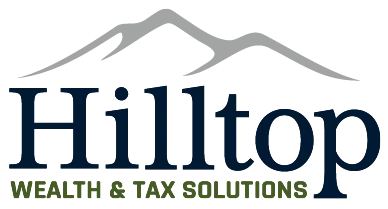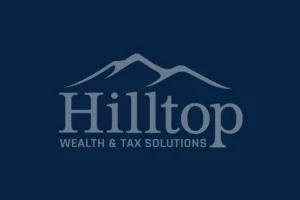Running a business is a rewarding but complex endeavor. And for many small business owners, managing finances can feel like a constant balancing act—especially when debt starts stacking up. According to Zippia, a leader in industry statistics, 70% of all small businesses in the U.S. have outstanding debt. While 17% owe less than $25,000 and 38% owe less than $100,000, the real concern lies with the 62% who owe over $100,000 in business debt.

That number is more than a statistic—it’s a wake-up call. Suppose you’re among the majority carrying substantial debt. In that case, it’s time to implement smart financial strategies that not only help you manage what you owe, but also position your business for long-term success.
Here are some actionable debt management strategies for business owners looking to take control of their finances.
1. Understand Your Debt
Before you can tackle your business debt, you need a clear picture of what you’re dealing with. Create a detailed list of all your debts:
- Lenders and loan types (SBA, business credit cards, equipment loans, etc.)
- Current balances
- Interest rates
- Monthly payments
- Payment terms and due dates
This snapshot gives you a starting point for prioritizing your debt management plan and helps highlight where your highest-cost debts lie.
2. Focus on High-Interest Debt First
One of the most effective financial strategies for reducing debt quickly is to target high-interest accounts first. This is often referred to as the “avalanche method.”
By making extra payments toward the debt with the highest interest rate while paying minimums on the others, you reduce the total amount of interest you’ll pay over time—freeing up cash for other priorities.
3. Consider Consolidation or Refinancing
If your business qualifies, you might benefit from consolidating multiple debts into one manageable loan—ideally at a lower interest rate. This simplifies repayment and can reduce your monthly payment, improving cash flow.
Some options include:
- Small business term loans
- Business lines of credit
- SBA debt refinancing programs
Make sure to compare terms carefully. While consolidation can be a powerful debt management tool, it’s only effective if it reduces your costs over time.
4. Improve Your Cash Flow
Business debt often becomes overwhelming when cash flow is inconsistent. You may have enough income on paper, but if receivables are delayed or expenses are frontloaded, paying debt on time becomes a struggle.
Try these steps to improve your cash flow:
- Shorten invoice payment terms (e.g., net 15 instead of net 30)
- Offer early payment incentives
- Review monthly recurring expenses for any that can be reduced or eliminated
- Consider seasonal budgeting to prepare for slow periods
- Build a small emergency reserve to avoid relying on credit in a pinch
Strong cash flow makes it easier to meet debt obligations and prevent the need for additional borrowing.
5. Renegotiate Terms with Lenders
If you’re struggling to meet your current payment terms, don’t wait for the situation to worsen. Reach out to your lenders to discuss possible restructuring options. In many cases, lenders would rather renegotiate than risk a default.
Options might include:
- Lowering your interest rate
- Extending your loan term to reduce payments
- Temporarily deferring payments
Proactive communication is key—lenders are more willing to work with business owners who are transparent and forward-thinking.
6. Separate Personal and Business Finances
If you’ve used personal credit to fund your business, you’re not alone—but it’s a risky move. One of the most overlooked financial strategies is separating business and personal finances as soon as possible.
Opening a business bank account and applying for business-specific financing protects your personal assets and can lead to more favorable borrowing terms as your company grows.
7. Build a Long-Term Debt Reduction Plan
Don’t stop once your immediate debt is under control. The best debt management strategy is one that prevents future debt from becoming a problem. That means:
- Sticking to a realistic budget
- Building up capital reserves
- Limiting unnecessary borrowing
- Making debt repayment part of your monthly financial review
Debt doesn’t have to derail your business—but it does need to be managed with intention.
Let’s Build a Better Financial Future Together
At Hilltop Wealth & Tax Solutions, we work with business owners every day to design customized financial strategies that improve cash flow, reduce debt, and strengthen long-term outcomes. If you’re ready to take control of your business debt, contact us today to schedule a time to talk.
Let’s get your business on the path to stronger financial health.
Disclosure:
No Client or potential client should assume that any information presented or made available on or through this article should be construed as personalized financial planning or investment advice. Personalized financial planning and investment advice can only be rendered after engagement of the firm for services, execution of the required documentation, and receipt of required disclosures. Please contact the firm for further information. The content is developed from sources believed to be providing accurate information. The information in this material is not intended as tax or legal advice.


